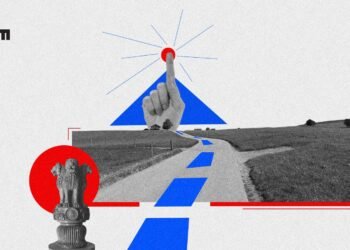The use of emojis to represent illegal drugs on social media and messaging platforms has become a common practice among dealers and consumers. Snowflakes, snowfall, and snowmen are used to symbolize cocaine, while love hearts, lightning bolts, and pill capsules represent MDMA or molly. Heroin is often represented by brown hearts and dragons, while grapes and baby bottles are used for codeine-containing cough syrup, also known as lean. The humble maple leaf has become a universal symbol for all drugs.
The rise of open drug dealing on platforms like Instagram, Snapchat, and encrypted messaging apps has made it easier and safer for consumers to purchase drugs without meeting dealers in person or using the dark web. While it is difficult to accurately measure the extent of drug trafficking on social media, studies have shown that a significant portion of drug sales are now being conducted through these platforms.
In some cases, dealers are even using paid advertisements to promote their products on social media. This has raised concerns about the potential for super-strength opioids like fentanyl to be sold online, but experts say that drugs purchased through online networks are subject to the same risks as those bought on the street.
The integration of social media into people’s lives has made it more convenient for the younger generation to purchase drugs online. However, there are also concerns about the potential for violence and the presence of dangerous substances in these drugs. As social media continues to play a significant role in the illegal drug market, it is important for authorities to monitor and address this issue to ensure the safety of consumers.


















